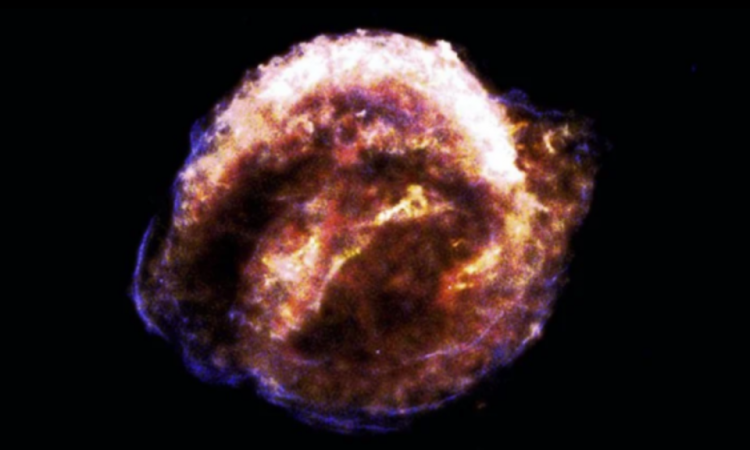
According to a study, black dwarf supernovae, the latest dazzling explosions, will herald the eternal darkness of the Universe
At the end of the Universe, long time the death of the last stars, there could be one last series of explosions. Called black dwarf supernovae, these dazzling explosions will herald the eternal darkness of the Universe, a new study suggests. These proposed supernovae are a further category. The supernova nane nere they may be the last events to happen in the Universe (at which point it will be a largely empty place with a temperature approaching absolute zero). The life and death of stars is determined by their mass. Those as large as 10 or more times the mass of the Sun explode as supernovae they can become black holes. But the smaller ones, which do not produce heavier elements (oxygen, neon, magnesium) through nuclear fusion in their core, end their lives as small, dense shells of stars known as white dwarfs. As time passes (trillions of years), will dim and turn into frozen, lightless objects known as black dwarfs.
Advertisement
The study
One article describes how these black dwarfs can release the last fragments of light in the Universe exploding as supernovae. Black dwarf supernovae would form through a quantum process known as pycnonuclear fusion (nuclear fusion reaction that occurs at a not very high temperature, but in a very dense gas, 105-108 times the density of the normal solid state). Stars are normally powered by thermonuclear fusionwhere high temperatures and pressures overcome the natural electrical repulsion of atomic nuclei, allowing atoms to fuse into new, heavier elements.
Pycnonuclear fusion
But in pycnonuclear fusion, quantum tunneling allows atomic nuclei to get closer to each other than they normally would (this also happens in the Sun for example). Pycnonuclear fusion can therefore very slowly transform the elements of the white dwarf into ironthe last element that can be created by fusion. Once the black dwarf is made up mostly of iron, it will be crushed by its own mass. This collapse, the supernova, would trigger a huge implosion: the outer layers of the remaining black dwarf would be ejected. In larger stars, this accumulation of iron is also what leads to the more common so-called nuclear collapse supernovae (). Black dwarf supernovae, however, would only occur in black dwarf stars with masses between 1.16 and 1.35 times that of the Sole. Black dwarf stars are in turn created from stars that initially have a mass of you are at ten times that of the Sun. In fact, these stars make up about 1% of all stars today, and it is estimated that there will be about a billion trillion (10^21) of these supernovae before the end of the Universe.
Last flashes of light
Because black dwarfs have rather low masses, black dwarf supernovae would likely be less luminous than those that occur in the current Universe, but still spectacular in a Universe otherwise pitch black. After these last gasps of light, nothing in the Universe will be able to explode or shine.
References:

